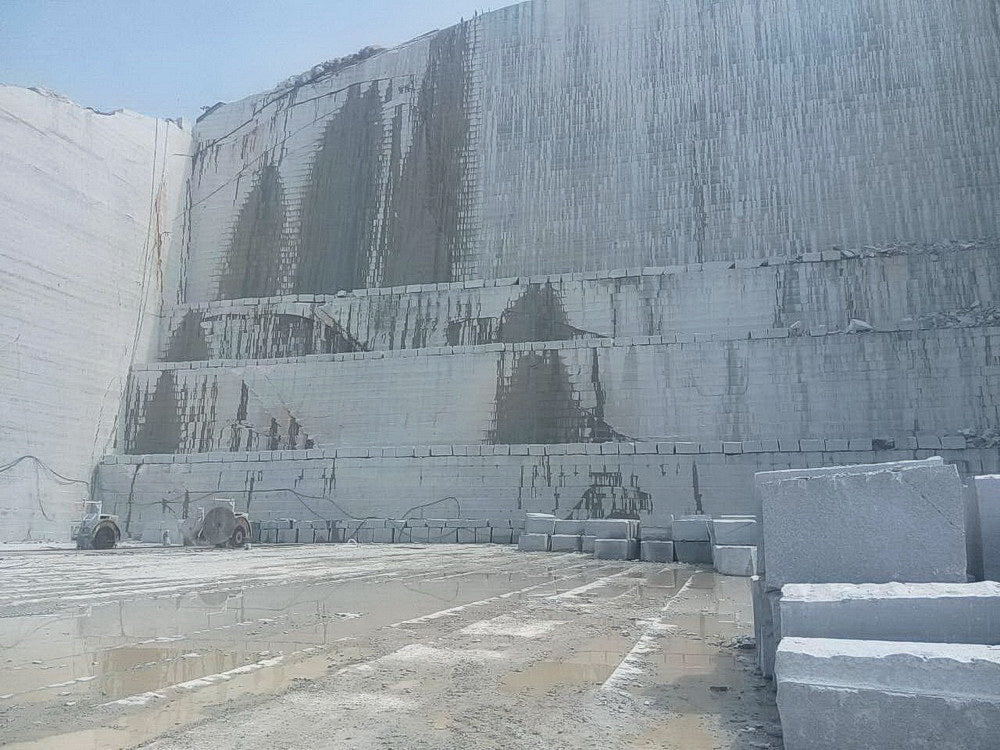Exploring Granite Quarries in South Africa: A Comprehensive Overview
Exploring Granite Quarries in South Africa: A Comprehensive Overview
Blog Article
Revealing the Mysteries of Granite Quarrying: Where Toughness and Elegance Meet
The world of granite quarrying is a realm where the raw toughness of nature converges with human creativity to produce frameworks that stand the examination of time with an air of beauty. From the depths of quarries to the meticulous sprucing up in workshops, the procedure of transforming granite into architectural wonders is an intricate dancing of tradition and advancement. As we peer right into the midsts of this old craft, we start to reveal the hidden complexities that shape the extremely significance of our constructed setting.
The Beginnings of Granite Quarrying
In the record of building history, the origins of granite quarrying are shrouded in a tapestry of ancient craftsmanship and geological marvels. Dating back to ancient Egypt and Mesopotamia, the extraction of granite from quarries noted the start of a trip that would at some point lead to the creation of a few of the globe's most iconic frameworks.
Granite quarrying's roots can be mapped to the competent craftsmens who recognized the stone's longevity and aesthetic charm. Via a combination of primitive tools and large decision, these very early quarry employees discovered granite blocks that would certainly become the foundation of civilizations.
As civilizations evolved, so did the strategies of quarrying granite. The Romans, renowned for their design prowess, developed advanced approaches for drawing out granite to construct monuments, holy places, and roadways that stood the test of time.
The heritage of these old quarrying methods continues to form modern-day design, with granite remaining an icon of stamina and beauty in building projects around the world. (granite quarries in south africa)
Tools of the Quarrying Trade
The advancement of granite quarrying methods from ancient human beings to modern-day times highlights the crucial duty played by the devices of the quarrying sell shaping the sector's methods. In ancient times, quarrying devices were basic, often including blades, hammers, and wedges made from products like bronze or iron. These tools required considerable manpower and time to remove granite blocks from quarries.

Additionally, the introduction of pneumatic devices and high-powered machinery has dramatically decreased the physical labor called for in quarrying procedures, improving employee safety and security and productivity. As the quarrying industry continues to innovate, the tools of the profession continue to be at the center of driving progression and shaping the future of granite extraction.
Extracting Blocks of Granite
Making use of precision equipment and advanced strategies, the extraction of granite obstructs from quarries has become an innovative process in the modern-day quarrying industry. Regulated blasting strategies are then used to break apart the granite right check that into workable areas.

Polishing and Ending Up Strategies
To accomplish a flawless surface on granite blocks, proficient craftsmens employ a series of careful sprucing up and finishing strategies. After the preliminary extraction and forming processes, the granite blocks go through a complete sprucing up stage to enhance their all-natural appeal and resilience.
In addition to polishing, completing methods are put on further refine the granite's appearance. These methods might include flaming, developing, or cleaning, each offering one-of-a-kind appearances and coatings to match different visual choices. Flaming, as an example, entails exposing the granite surface area to heats to create a rough, textured finish, suitable for exterior applications where slip-resistance is vital. Honing, on the various other hand, supplies a matte coating that is smooth to the touch, perfect for interior counter tops and flooring. By meticulously selecting and applying these polishing and completing strategies, artisans can transform raw granite blocks into elegant items that showcase webpage both strength and sophistication.

Ecological Effect and Sustainability
With the expanding focus on ecological awareness in the industry, granite quarrying methods are increasingly looked at for their influence on natural deposits and long-lasting sustainability. Quarrying for granite can have substantial ecological effects. The removal procedure usually involves making use of heavy machinery, nitroglycerins, and large amounts of water, causing environment destruction, soil disintegration, and water pollution. Additionally, the transportation of granite from quarries to processing centers creates carbon emissions, even more adding to ecological degradation. granite quarries in south africa.
To mitigate these impacts and make sure sustainability in granite quarrying, market stakeholders are taking on numerous measures. Implementing advanced innovations to decrease energy consumption and water usage, reclaiming quarried land for ecological remediation, and promoting responsible sourcing practices are some strategies being employed. Qualifications such as the Woodland Stewardship Council (FSC) and the Leadership in Energy and Environmental Design (LEED) aid customers determine environmentally friendly granite items.
Final Thought
To conclude, granite quarrying is a procedure that requires specialized devices and methods visit here to remove blocks of granite and polish them to a high degree of surface. While the environmental effect of quarrying can be significant, initiatives are being made to improve sustainability techniques in the market. Overall, granite quarrying is a fragile balance between harnessing the strength and style of this natural rock while reducing its influence on the atmosphere.
Report this page